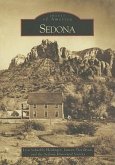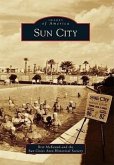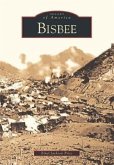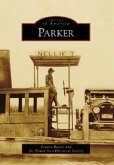The story of modern Espa-ola begins in 1790, about 100 years after the Pueblo Revolt, at the colonial settlement of Santa Cruz de la Ca-ada, the largest village in the Spanish Empire north of Chihuahua. At that time, the people of the region lived in tiny hamlets clustered around the hub of Santa Cruz. In 1848, following the Mexican American War, the U.S. government annexed New Mexico under the terms of the Treaty of Guadalupe Hidalgo. Santa Cruz de la Ca-ada was now American territory, connected to a larger world by the Santa Fe Trail. New energy began to flow into the region. The arrival of the Chili Line railroad in 1880 created a corridor of commerce across the river from Santa Cruz"a portent of the Espa-ola to come.
Hinweis: Dieser Artikel kann nur an eine deutsche Lieferadresse ausgeliefert werden.
Hinweis: Dieser Artikel kann nur an eine deutsche Lieferadresse ausgeliefert werden.







